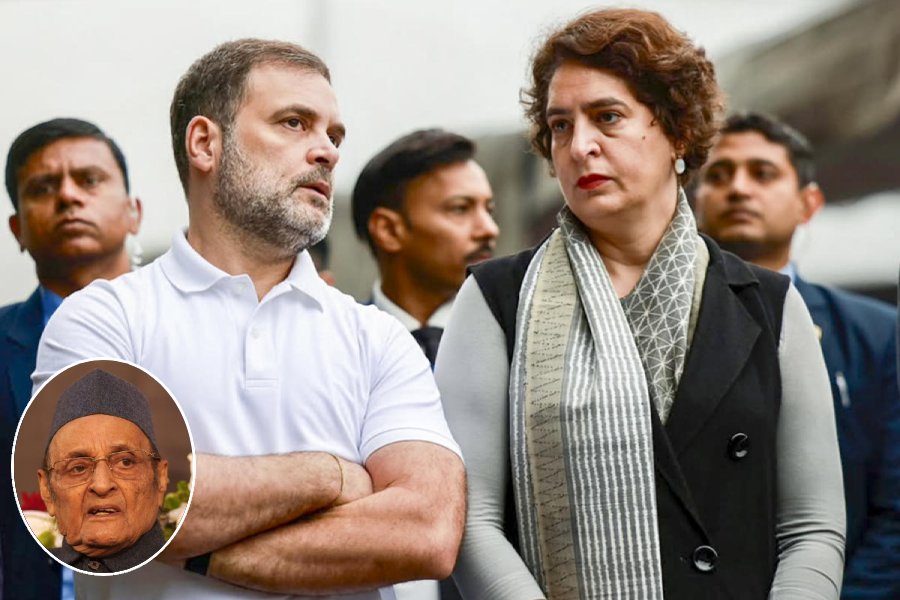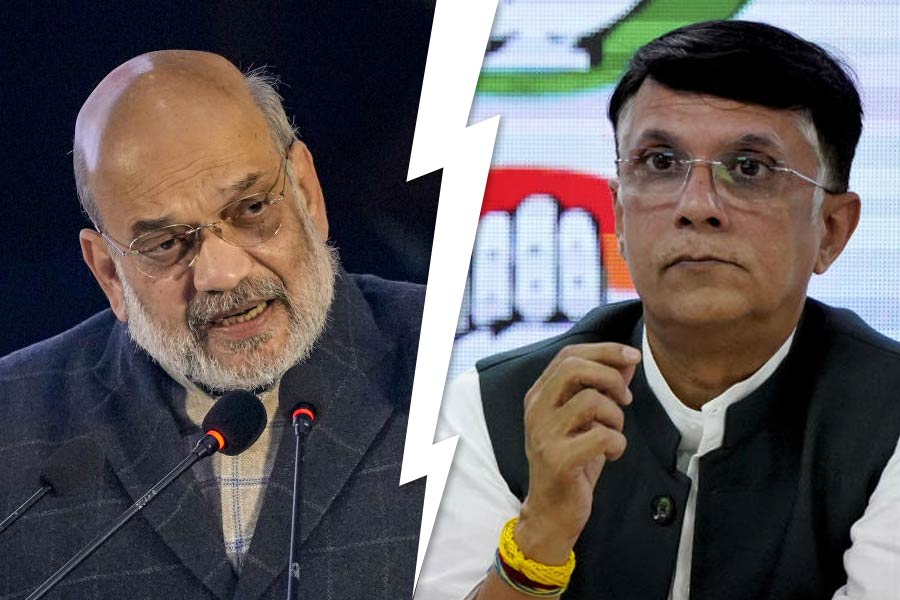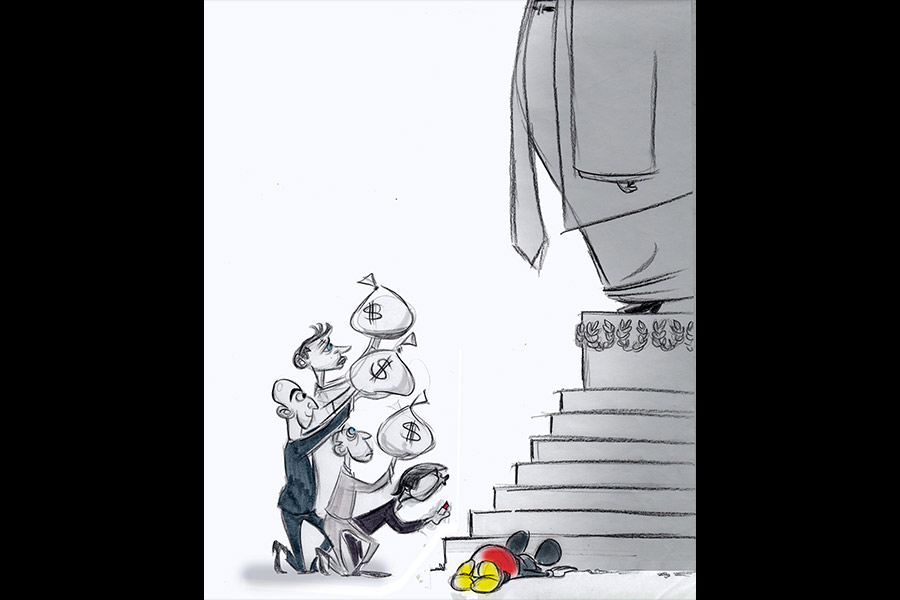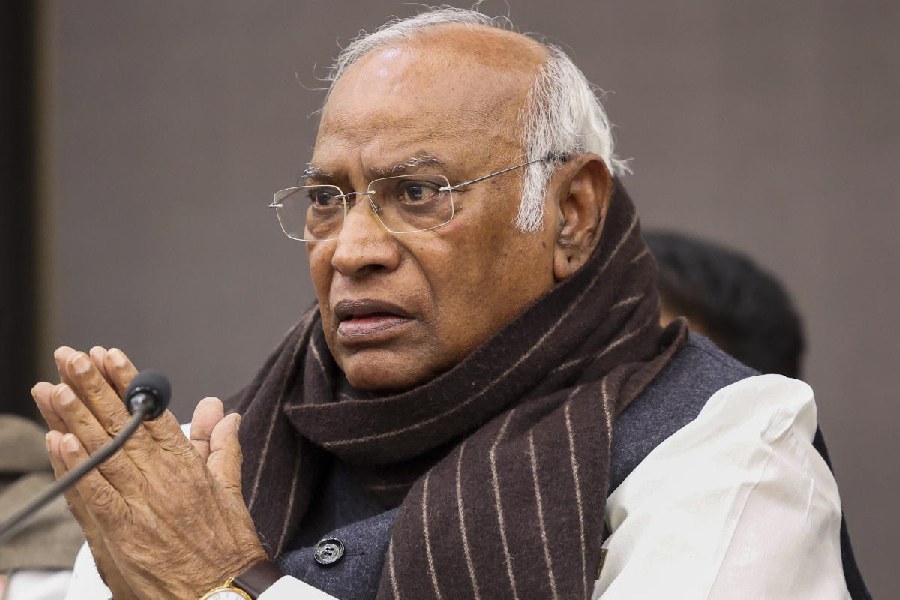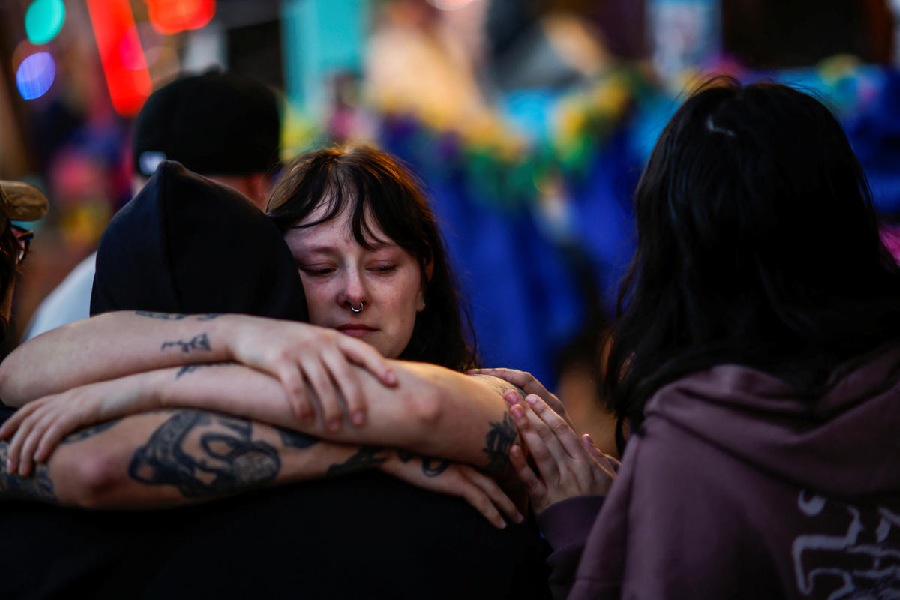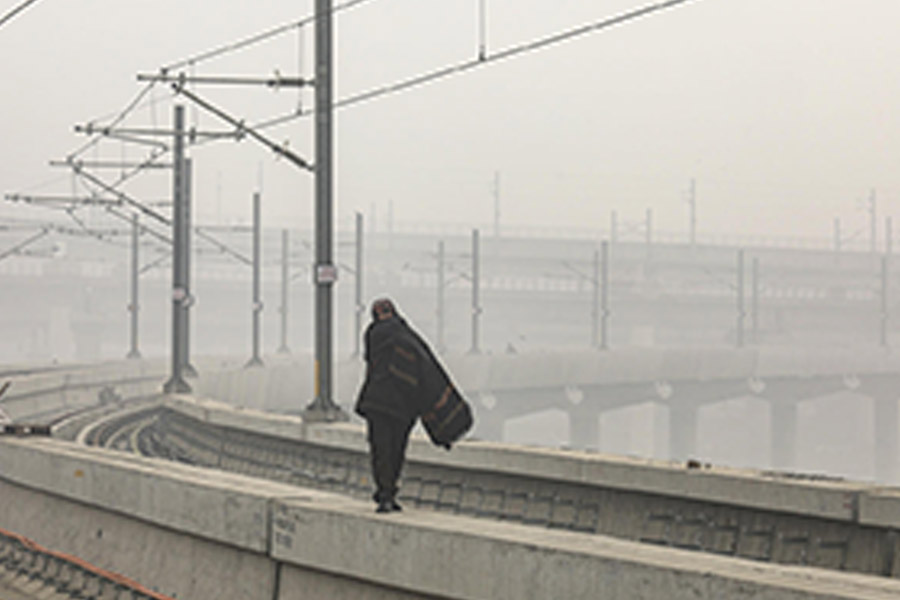Former President Donald J. Trump was indicted on Tuesday in connection with his widespread efforts to overturn the 2020 election following a sprawling federal investigation into his attempts to cling to power after losing the presidency.
The indictment, filed by the special counsel Jack Smith in the Federal District Court in Washington, accuses Trump of three conspiracies: one to defraud the US; a second to obstruct an official government proceeding, the certification of the Electoral College vote; and a third to deprive people of a civil right, the right to have their votes counted. Trump was also charged with a fourth count of obstructing or attempting to obstruct an official proceeding.
“Each of these conspiracies — which built on the widespread mistrust the
defendant was creating through pervasive and destabilising lies about election fraud — targeted a bedrock function of the US federal government: the nation’s process of collecting, counting and certifying the results of the presidential election,” the indictment said.
The charges signify an extraordinary moment in US history: a former President, in the midst of a campaign to return to the White House, being charged over attempts to use the levers of government power to subvert democracy and remain in office against the will of voters.
In sweeping terms, the indictment described how Trump and six co-conspirators employed a variety of means to reverse his defeat in the election almost from the moment that voting ended.
It depicted how Trump promoted false claims of fraud, sought to bend the justice department towards supporting those claims and oversaw a scheme to create false slates of electors pledged to him in states that were actually won by Joseph R. Biden Jr. And it described how he ultimately pressured his vice-president, Mike Pence, to use the fake electors to subvert the certification of the election at a joint session of Congress on January 6, 2021, that was cut short by the violence at the Capitol.
The indictment did not name the alleged co-conspirators, but the descriptions of their behaviour match publicly known episodes involving prominent people around Trump.
The behaviour of “Co-conspirator 1” appears to align with that of Rudolph W. Giuliani, Trump’s personal lawyer whom he put in charge of efforts to deny the transfer of power. Giuliani’s lawyer, Robert J. Costello, acknowledged in a statement that it “appears that Mayor Giuliani is alleged to be co-conspirator No. 1”.
The description of “Co-conspirator 2” tracks closely with that of John Eastman, a California law professor who served as the architect of the plan to pressure Pence.
The co-conspirators could be charged at any point, and their inclusion in the indictment — even unnamed — places pressure on them to cooperate with investigators.
Many of the details in the charges were familiar, having appeared either in news accounts or in the work of the House select committee investigating January 6. There were descriptions of Trump’s attempt to instal a loyalist, Jeffrey Clark, who appears to be a co-conspirator in the case, atop the justice department.
There were also references to Trump posting a message on Twitter in mid-December 2020 calling for a “wild” protest in Washington on January 6, and to him pressuring Pence to try to throw the election his way during the joint session of Congress that day.
But the indictment also contained some snippets of new information, such as a description of Trump telling Pence, “You’re too honest,” as the vice- president pushed back on Trump’s pressure to interfere in the certification of Biden’s victory.
It also included an account of Trump telling someone who asked if he wanted additional pressure put on Pence that “no one” else but him needed to speak with Pence.
Smith, in drafting his charging document, walked a cautious path in connecting Trump to the mob attack on the Capitol. The indictment mentioned Trump’s “exploitation of the violence and chaos” at the building that day but did not accuse him of inciting the riot.
New York Times News Service


